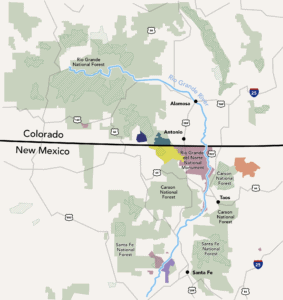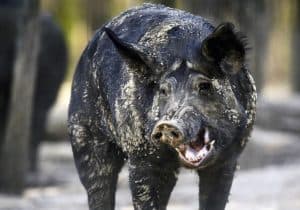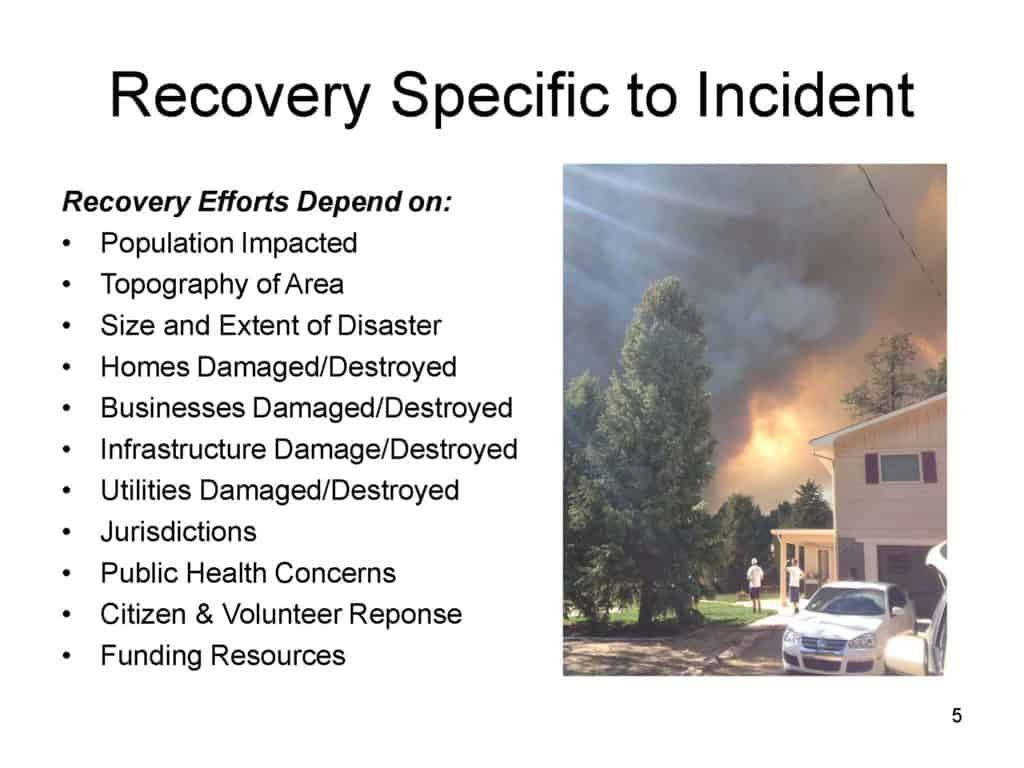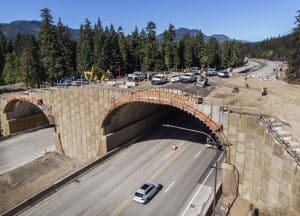I wouldn’t have thought that one is a substitute for the other, and maybe this suggests that Utah defined its problem wrong initially. But they’re happy enough with the way their Shared Stewardship agreement is working that they have put their roadless rule proposal on a back burner. At least some greens seem happy, too, and least those concerned about roadless areas. Priority-setting, within the framework of a forest plan, is one thing that I think lends itself to collaboration.
Amid debate about state-specific exemptions to the Roadless Rule, Congress created the capacity to negotiate “stewardship contracts” ranging up to 20 years with states in the 2018 Consolidated Appropriations Act. It allows the Forest Service to rely on “state’s guidance for designing, implementing, and prioritizing projects geared toward reducing the risks of damaging wildfires and promoting forest health.”
Wilderness Society Senior Resource Analyst for National Forest Policy Mike Anderson said conservationists are encouraged by what Shared Stewardship agreements could foster in addressing critical needs. “Working side-by-side to identify the major risks and implement projects that are actually going to make a difference on the land is something conservationists, I think, can generally can support,” he said. “We think it is good.”
(Utah Public Lands Policy Coordinating Office lead counsel) Garfield said under the agreement, projects “can happen, and are occurring, within and without the roadless area, when necessary.” ‘The existing rule provides a lot of exceptions that the Forest Service can use for forest restoration,” he said. “The Forest Service wasn’t using those” exceptions in many cases. Garfield said PLPCO will be watching closely over the next four years to see if the Shared Stewardship agreement works out before withdrawing its petition. “I won’t say everything we hoped to accomplish under a state-specific Roadless Rule will be achieved under the Shared Stewardship agreement,” he said, “but a lot of progress is being made.”
(One error in this article – the Idaho and Colorado state roadless rules have been approved.)








